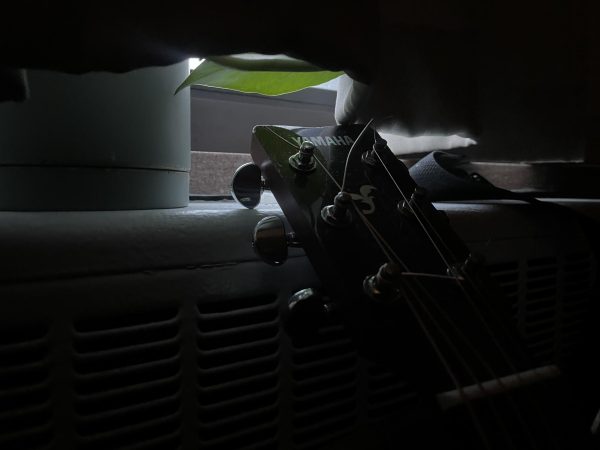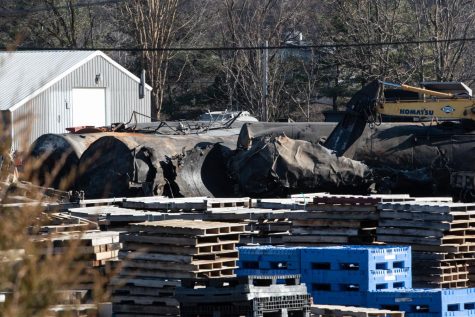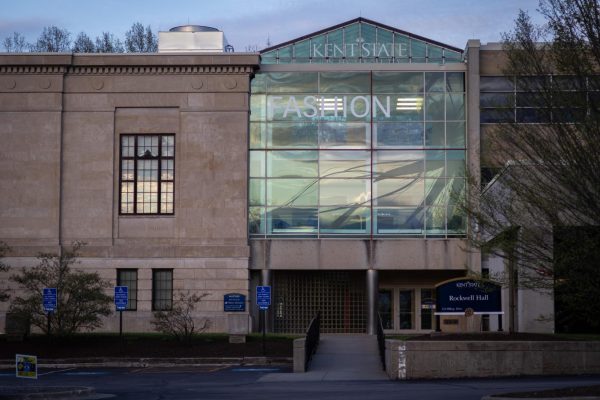COLUMN: Supreme Court needs restructured
September 13, 2005
During the Constitutional Convention, James Madison and Governor Morris wanted the president’s term to be “good behavior.” George Mason opposed, fearing it would be misinterpreted as a life term. Thankfully, Mason won.
Strangely, “good behavior” became the tenure for federal judges. In Federalist 78, Alexander Hamilton claimed that permanence in office is necessary to protect the courts from the other branches. The real threat to judicial independence is the undefined structure of the courts.
The Judiciary Act of 1801 created 16 circuit courts which President John Adams could fill with members of the Federalist Party to undermine the eminent Democratic-Republican control of the presidency and Congress. The Act further required the next vacancy on the Supreme Court to remain vacant so that incoming President Thomas Jefferson could not appoint a successor.
In 1802, the Act was repealed. While repealing the Act was as much a shameless power-grab as passing it, repealing it was unconstitutional because it violated the “good behavior” tenure of the judges who lost their jobs.
The Judicial Circuits Act of 1866 required the next three vacancies on the Supreme Court to remain vacant because Congress hated President Andrew Johnson. In 1937, FDR unsuccessfully lobbied to add six seats to the Supreme Court after it ruled New Deal programs unconstitutional.
The courts as a whole are vulnerable to political whims. However, individual justices can and do hide behind their “good behavior” tenure to issue atrocious rulings. The most recent example is Kelo v. New London (2005) which allows the government to seize someone’s home and give it to a private developer with hopes of increased tax revenues. Whether for the sanctity of private property or the working families that can now be exploited by businesses, everyone should want Justices Stephens, Kennedy, Souter, Ginsburg and Breyer removed from office.
We are now left with the difficult balancing act of securing judicial independence while instilling accountability upon bad judges. My plan for the Supreme Court reads as follows:
The Supreme Court shall consist of nine justices. Each justice shall undergo an individual job review before the House of Representatives every ninth year such that not more than one justice shall be reviewed in a given year. The justice under review may be removed from office with the concurrence of two-thirds of all members.
This must be a constitutional amendment to be useful. This would solidify the structure of the court and establish a mandatory process to weed out bad judges.
The two-thirds majority is a good standard for removing judges. According to a Jan. 30, 1997, CRS Report for Congress, only 7.2 percent of presidential vetoes were overridden from 1789 to 1996. Congress only passed 33 constitutional amendments (six unratified). Of the two presidents to be impeached, neither was convicted. These facts prove that a supermajority is very difficult to achieve. Only a case like Kelo can inspire enough bipartisan support to remove a judge.
Since Congress will not want this new responsibility, our state legislatures must call a convention as allowed by Article 5 of the Constitution.
Don Norvell is a physics Ph.D. candidate and a columnist for the Daily Kent Stater. Contact him at [email protected].
























